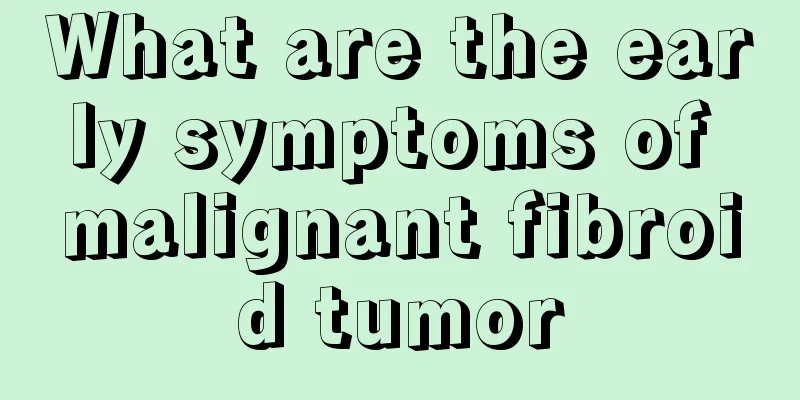How to treat odd-shaped blood vessels

|
Vascular malformation is a disease caused by abnormal dilation of capillaries or veins and arteries with normal endothelial cell tissue structure and biological characteristics. The treatment of vascular malformation depends on the patient's actual condition, age factor and lesion type. Common treatments include surgical treatment, radiotherapy and hormone therapy. 1. Causes of Vascular Malformations An abnormal dilation and communication of capillaries, veins, arteries, or lymphatic vessels that have the organizational structure and biological properties of normal endothelial cells. There is no abnormal proliferation of vascular endothelial cells, which are surrounded by normal reticular connective tissue and smooth muscle tissue can be seen inside. The vast majority (89.3%) are discovered after birth, then slowly grow with age and never disappear. 2. Treatment of vascular malformations: 1. The treatment of hemangioma vascular malformations should be determined based on factors such as the type and location of the lesion and the age of the patient. Current treatments include surgical resection, radiotherapy, hormone therapy, cryotherapy, laser therapy, sclerotherapy, and injection of sclerosing agents. Generally, a combination of treatments is used. Hemangiomas in infants and young children should be observed, and if they develop rapidly, timely intervention and treatment should be given. 2. Vascular malformations are not sensitive to hormone treatment. The effectiveness of radiotherapy is not yet completely certain, and it may cause cancer, so most people currently oppose the use of radiotherapy. Resectable vascular malformations can be treated surgically. The wound after tumor resection can be directly sutured or repaired with local skin flap transfer; large wounds require free skin grafts; and perforated defects require tissue transplantation. Vascular malformations of the lips and tongue should be removed without affecting function. If the tumor is too large, it should be removed in stages, or a sclerosing agent should be injected into the remaining lesion after removal to avoid affecting function and appearance. |
<<: What is the reason for my nose
Recommend
The staging of thyroid cancer is mainly divided into four stages. What does stage four of papillary thyroid cancer mean?
Papillary thyroid cancer is the most common and t...
How to manage the gas conditioning storage for fruits and vegetables
A fruit and vegetable controlled atmosphere wareh...
Sinusitis migraine
Sinusitis, a more serious rhinitis, is particular...
What can I use instead of powdered sugar
Due to the improvement of the quality of life, ma...
What does a mole on the calf mean
According to surveys, about 1% of people have mol...
Can I use water spray to treat red blood streaks on my face?
There are many reasons for red blood streaks on t...
How to draw eyebrows with eyebrow pencil for beginners
If you observe carefully, you will find that many...
Which hospital is the most authoritative for treating breast cancer
Which hospital is the most authoritative for trea...
What kind of examination should be done for tongue cancer? First do basic palpation
If you suspect you have tongue cancer, you need t...
What is the best way to treat foot pads?
You may not be familiar with the term "foot ...
How long can you live after bladder cancer metastasis
Bladder cancer bone metastasis is one of the most...
Survival rate after nephrectomy for renal cancer
What is the survival rate after nephrectomy for k...
How to stand on ballet toes
Ballet is a relatively common type of dance. Its ...
What are the symptoms of pancreatic cancer
When people hear about pancreatic cancer, they wi...
How to quickly expel the contrast agent
From a clinical perspective, there are two types ...









